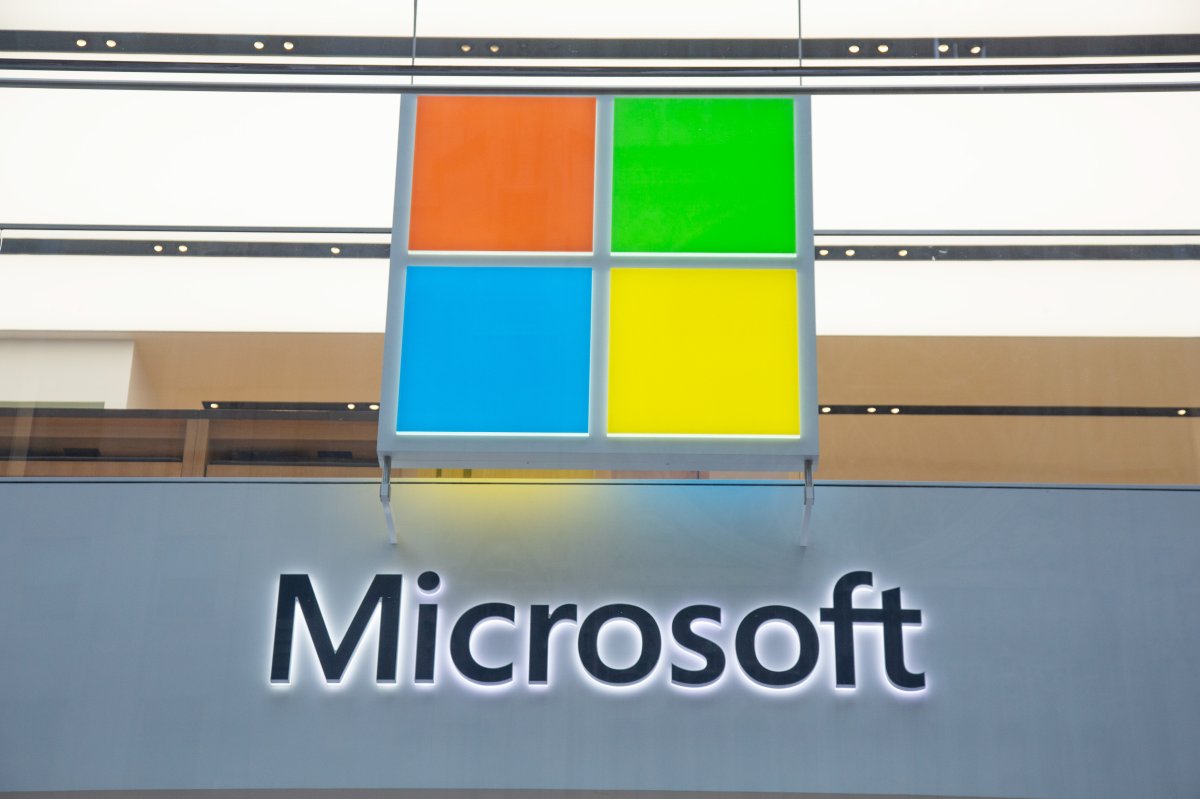Canadians who purchased Microsoft PC software, such as Windows, Word and Excel, between 1998 and 2010, may be entitled to a cash payment due to a massive class-action lawsuit. And a receipt may not be needed as proof.

The claims period of the class-action lawsuit was launched Sept. 23, and alleges that Microsoft and Microsoft Canada were involved in a “conspiracy to illegally increase prices for certain Microsoft products.”
“This is the largest consumer class-action lawsuit in Canada to date,” Naomi Kovak, a lawyer on the case, told Global News in an email. “Over 100,000 people have made claims so far.”
How it works
Although the lawsuit happened in British Columbia, Ontario and Québec, it includes Canadian residents in all provinces and territories.
You’re eligible to apply if you purchased a license between Dec. 23, 1998 and March 11, 2010 for:
- PC versions of Microsoft’s Word, Excel, Office, Works Suite, or Home Essentials applications software (including any full upgrade versions).
- PC versions of Microsoft’s MS-DOS or Windows operating systems software.
You don’t need to provide proof of purchase to file a claim under $250, but you’ll be asked to submit a sworn declaration that the information is true.

Get daily National news
You’re required to show proof of purchase, such as a receipt or product identification, for claims more than $250 and volume licensee claims more than $650.

Here is a breakdown of the payments from the products:
- $13 for MS-DOS and Windows operating system software.
- $8 for Office productivity suite application.
- $6.50 for Excel spreadsheet applications.
- $6.50 for Word processing applications and productive suite applications other than Office.
You can file a separate claim for each product purchased.
The lawsuit offers compensation in two ways.
Consumer cash payments are for those who purchased a license for one of the Microsoft products listed above.
There are also volume licensee vouchers, for those who purchased a license for one of the Microsoft products listed above through a volume licensing program. In this case, you may be eligible to submit a claim for a voucher that is redeemable for certain Microsoft products.
Claims are to be filed online and can be submitted up until Sept. 23, 2021.
What is the lawsuit about?
The class-action lawsuit claims that “Microsoft committed various anti-competitive wrongs enabling it to charge higher prices for a number of its products.”
Documents for the settlement were initially filed in 2005 in British Columba. The class-action lawsuit was then also filed in Ontario and Quebec.

In May 2016, the Microsoft class-action lawsuit went to trial but the parties decided to engage in mediation in an attempt to resolve the dispute. On July 11, 2018, a nationwide class action settlement was then reached.
Kovak said the reason it took a few years for Canadians to be able to submit a claim in the lawsuit was that there was “a lot of work to distribute such a large settlement properly,” and it required court approvals in various stages.
The lawsuit states that Microsoft does not admit or expressly deny, any wrongdoing or liability.








Comments